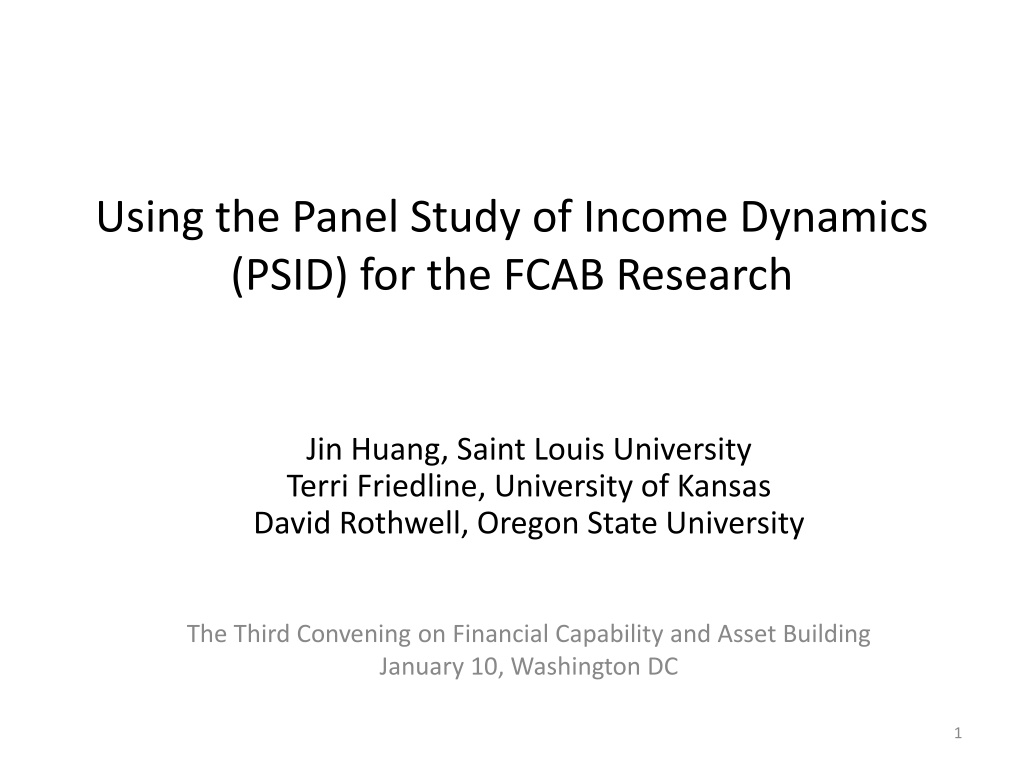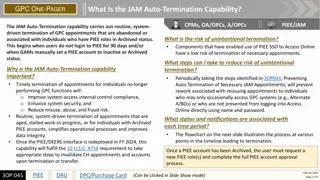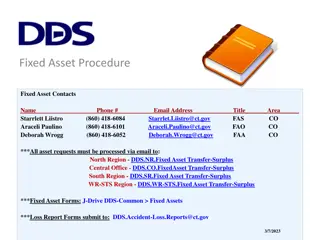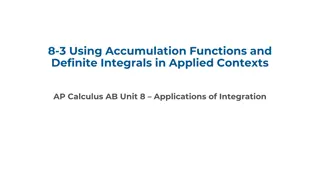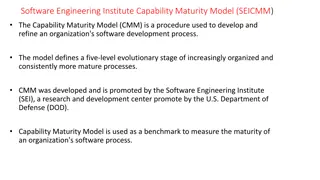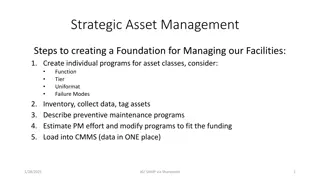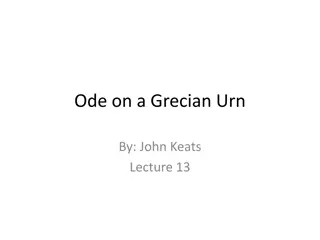Exploring Asset Accumulation and Financial Capability with PSID Data
Explore the Panel Study of Income Dynamics (PSID) data for research on financial capability and asset building. PSID is a longitudinal survey tracking households since 1968, covering various topics like wealth, savings, pensions, and more. The data allows for studying intergenerational dynamics, wealth accumulation trajectories, disparities based on race and education, effects on health and educational achievement, and more. Consider potential research questions related to asset accumulation, wealth disparities, retirement savings, and parental expectations using this valuable dataset.
Uploaded on Sep 24, 2024 | 0 Views
Download Presentation

Please find below an Image/Link to download the presentation.
The content on the website is provided AS IS for your information and personal use only. It may not be sold, licensed, or shared on other websites without obtaining consent from the author. Download presentation by click this link. If you encounter any issues during the download, it is possible that the publisher has removed the file from their server.
E N D
Presentation Transcript
Using the Panel Study of Income Dynamics (PSID) for the FCAB Research Jin Huang, Saint Louis University Terri Friedline, University of Kansas David Rothwell, Oregon State University The Third Convening on Financial Capability and Asset Building January 10, Washington DC 1
Panel Study of Income Dynamics Longest longitudinal household survey (1968-2018) following the same group of households Nationally representative sample: 4,802 families (1968) 9,048 families (2015); oversampling of low-income populations; inclusion of post-1968 immigrant families in 1997 (1) Housing utilities, computer usage/internet access; (2) employment; (3) housework, food/education/health/other expenditures; (4) income; (5) health, health behaviors; (6) marriage and fertility; (7) philanthropic giving and volunteering; (8) wealth, savings, and pensions; (9) child development supplement; (10) Transition to adulthood; (11) disability; and (12) restricted data (e.g., geographic and administrative linkages) 2
FCAB Contents Wealth, savings, and pensions : Net worth; homeownership, home equity and housing-related financial services (e.g., mortgage); types of debt (e.g., credit card, student, medical, family); retirement savings (e.g., pension, IRAs, and 401k); savings and financial assets; and vehicles Savings for children: Financial assets (e.g., stocks, mutual funds, savings) and college preparation; financial behaviors of children (e.g., bank accounts, saving for education, and donations) Savings, wealth, and debt in young adulthood: account ownership; vehicle and wealth; debt Financial literacy scale: in the 2016 Well Being and Daily Life Supplement (section K), similar items in HRS 3
Pros and Cons PROS: Longitudinal panel data Intergenerational and family dynamics Oversampling of low-income populations Associations of assets/wealth with other important factors CONS: Small sample size on specific populations Limited topics on FCAB contents Missing data over longitudinal data collection 4
Potential Research Questions 1. Descriptive 2. Exploratory 3. Association 4. Evaluation (Causation) A. Determinants of FCAB Content B. Effects of FCAB Content A1. Longitudinal trajectory of asset accumulation of African American families A2. Race and wealth disparity (Life course perspective) A3. Race, education, and asset accumulation (mechanism of racial disparity in wealth) A4. Retirement savings plans and asset accumulation B2. Asset accumulation and health/mental health B3. Asset accumulation, parental expectations, and educational achievement 5
